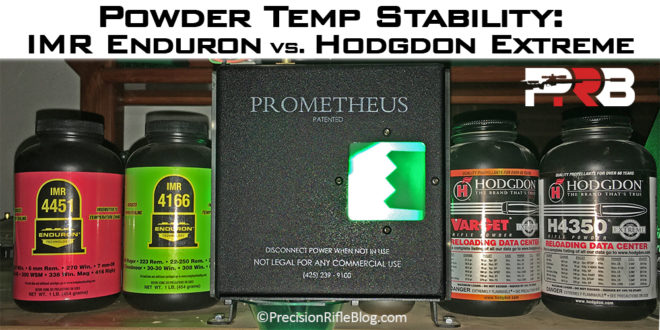As somguy2800 said, the only way to know is to take multiple chronograph readings with varying temps, especially for your "long" shooters.
Ballistic program like Strelok will use the current weather data and adjust for your expected MV delta along with the conditions. Mine when linked with my Kestrel is pretty accurate, as long as I have good data going in.
Normal range hunting rifles, the 300 and under rigs, I honestly don't sweat it. I have switched all of my longer range rifles over to the Hodgdon "Extreme" line of powders to mitigate the effects as best I can and I've added a digital thermometer to my chronograph case. This time of year is great for getting readings during the "extremes".
Once you've got enough readings you can see the effects using a ballistic program, or just enter a couple different MVs for your favorite rifle and watch the delta in your drop chart.
I learned this years ago when a favorite load I developed while in Germany in the fall, resulted in s sticky bolt and flattened primers in the KS summer. It also went from 3100 to over 3200 with a 130 grain over my Oehler 35P.

Another way to mitigate, is to zero as best you can under similar conditions. There's some other variable such as pressure, humidity, and wind to account for.
Here's a decent article that describes some of the effects with some testing:
Note, the author ^ also observed occasional horizontal deflection due to temp effect on MV.
And another:
The goal of this field test was to quantify the temperature stability of the popular Hodgdon H4350 a...

precisionrifleblog.com
Bryan specifically cited Hodgdon Extreme Series powders as one of the least temperature sensitive powders he’d used. He also made it clear that no powder is completely insensitive to temperature. Your muzzle velocity WILL vary based on ambient temperature, regardless of what powder you use. So while we can seek to mitigate that variance … at this point, no powder allows you to completely eliminate it. But, you can minimize the effect by making a wise powder selection.


